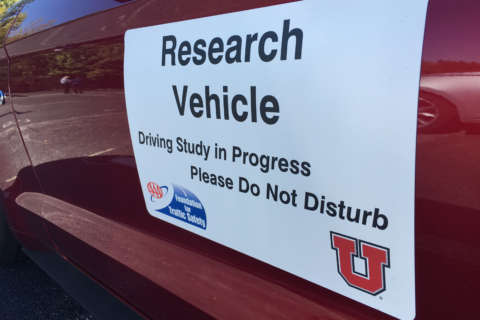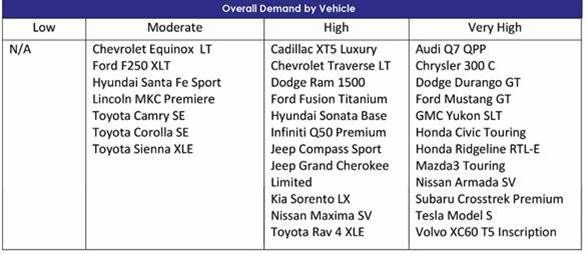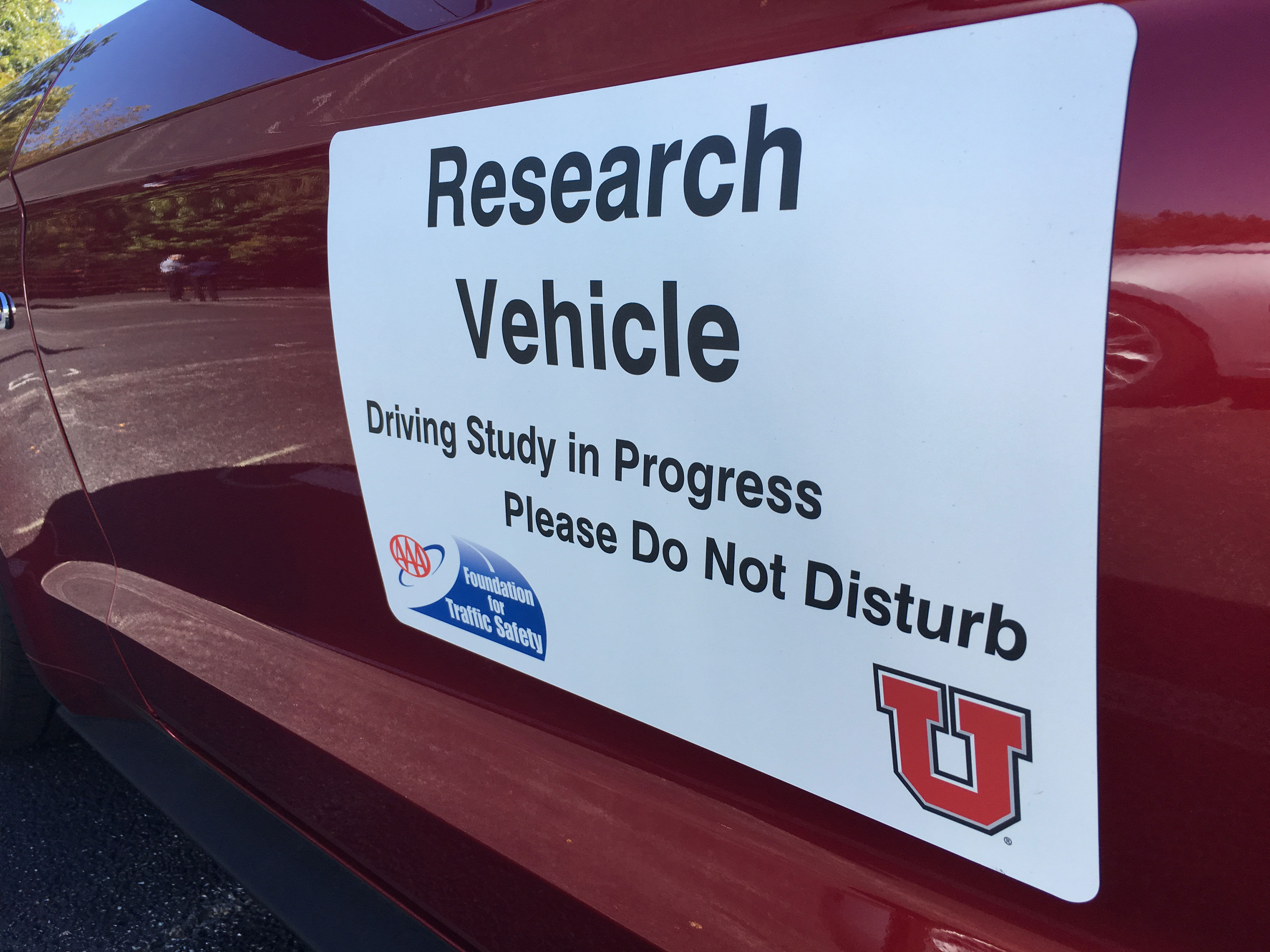
LANDOVER, Md. — Distracted driving can now be brought on by built-in parts of your vehicle.
Behind the wheel of a 2017 Mazda3 Touring on Wednesday, during a test drive sponsored by AAA and the University of Utah to demonstrate the possible risks of in-car technology, it took several minutes simply to understand how to use the basics of the car’s infotainment system, with its voice commands, a dial in the center console and a screen on the dashboard. Even after that lesson in park, the system was significantly distracting while driving around a parking lot at FedEx Field.
New research from AAA and the University of Utah found that car, and 29 other 2017 models from various manufacturers, each had systems that put a significant burden on drivers to use — mentally or visually pulling attention from the road.
Even at just 25 mph, a driver can cover the equivalent of four football fields in the average time it took 120 drivers ages 21 to 36 to program a destination into a navigation system in the study.
“One of the things the industry has done when developing these in-vehicle infotainment systems is claim that ‘We have created technology that allows you to keep your hands on the wheel and your eyes on the road.’ And while in some ways the technology allows you to do that some of the time, none of the 30 vehicles that we tested allow you to keep your hands on the wheel and your eyes on the road the whole time,” said AAA Director of Traffic Safety Advocacy and Research Jake Nelson.
In D.C., four out of five drivers polled in a separate survey of 602 drivers for AAA mid-Atlantic said they had used voice commands behind the wheel, either on a phone or through the car. Around four out of 10 admitted they had been distracted by technology in a way that had put themselves or others at risk.
“You have to, in every case, at some point, reach or look and manipulate the controls in the dash,” Nelson said.
It took more than two minutes to dial a number correctly by voice in the Mazda Wednesday afternoon, and the dial-by-name system failed to work without several looks at the screen. Putting WTOP on the radio was simple after figuring out the right words to trigger the system, but scrolling into a Bluetooth-connected phone to find a song took many button presses and some staring at the screen.
“If the technology is frustrating to use and doesn’t do things the way that you want them to do, it can sort of overload your brain,” Nelson said.
Practice with the system did not appear to significantly change the level of distraction. Using a cellphone behind the wheel is distracting for similar reasons.
“The unintended consequence of trying to add new bells and whistles into these vehicle infotainment systems is that it’s drawing our attention … away from the really important task, which is driving the car,” Nelson said.
Initial research on the effects of drivers’ phone use through the dashboard screens using features like Apple’s CarPlay suggests that they may be less frustrating to use than some of the built-in options, although that does not mean they are safe to use while in motion.
Just following voluntary federal guidelines for the built-in systems could make them safer, said researcher David Strayer, of the University of Utah.
“In a lot of life it’s basically ‘keep it simple,’ and we’re kind of violating that right now,” Strayer said.
The current setup, with some cars allowing texting, internet searches or social media posts from behind the wheel, is a “recipe for distracted driving,” he said.
A key recommendation, which about 40 percent of the models checked did not follow, is that the programming of navigation and certain other features should be automatically disabled while the car is moving.
“Simply by blocking out things like programming GPS navigation while driving, they can reduce the amount of demand placed on drivers interacting with their systems by a very large magnitude,” Nelson said.
For drivers, Strayer suggests programming a GPS destination before hitting the road, and testing out the infotainment system as part of a test drive of a new car.
“Realize that even though it’s enabled in the car, it may not be safe to use, so try and use good judgment; realize that the primary task is to be a safe driver and get to your destination without causing problems,” Strayer said.
Of the 30 vehicles tested, the Chevy Equinox LT, Ford F250 XLT, Hyundai Santa Fe Sport, Lincoln MKC Premiere, Toyota Camry SE, Toyota Corolla SE and Toyota Sienna XLE put the least burden on drivers, but none of the 30 cars met the threshold for a “low” burden.

“We have to take the responsibility as drivers to protect ourselves and the others we share the roads with,” Nelson said.







